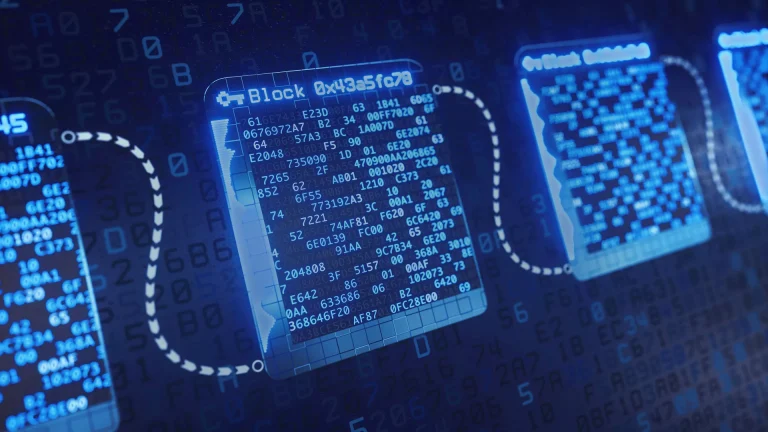
Information technology has revolutionized the education sector, transforming traditional teaching and learning methods in unprecedented ways. The integration of IT in education has made knowledge more accessible, interactive, and engaging, leading to a significant improvement in learning outcomes.
The advent of information technology has broken down geographical barriers that once limited access to quality education. Today, students from any part of the world can enroll in online courses offered by prestigious institutions across the globe. This development not only democratizes education but also promotes cultural exchange and global understanding.
Moreover, digital tools such as e-books, multimedia presentations, educational apps, and virtual simulations have enriched classroom instruction by making complex concepts easier to understand. These resources cater to different learning styles – visual learners can benefit from video materials; auditory learners can gain from podcasts; kinesthetic learners can learn through interactive games or virtual labs.
Furthermore, information technology facilitates personalized learning which is tailored according to each student’s pace and level of understanding. With adaptive learning systems powered by artificial intelligence (AI), teachers are able to track individual progress and provide customized feedback or assistance when needed.
In addition to enhancing instructional delivery, IT also streamlines administrative tasks for educators through Learning Management Systems (LMS). Teachers can manage coursework distribution, grading system, communication with students efficiently using these platforms.
Another transformative aspect of IT in Education is the promotion of collaborative learning environments through social media platforms or cloud-based applications like Google Classroom where students work together on projects while developing critical skills such as teamwork and problem-solving.
However exciting these advancements may be though it’s important not limit education solely within technological confines but rather use it as a tool augmenting traditional pedagogical methods for holistic development of a learner.
Indeed Information Technology poses challenges too – issues like digital divide due to economic disparities causing unequal access; cyber threats jeopardizing data privacy; over-reliance on tech leading potentially unhealthy screen time habits etc., need addressing for sustainable implementation.
Nevertheless with the right balance, IT in education can truly be transformative. It has shown potential to make learning more engaging, inclusive and effective. As we move forward in the 21st century, it is crucial that educators and policymakers continue to explore innovative ways of integrating IT into the educational landscape while addressing its challenges.
In conclusion, Information Technology’s role in education is undeniably significant transforming learning methods substantially. It’s not just about digitizing textbooks or automating administrative tasks – it’s about harnessing technology to create an environment where every learner has an opportunity to thrive.


